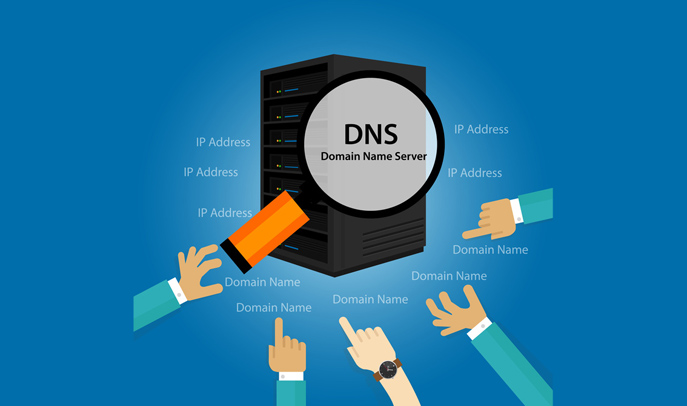The domain registrar gets paid a yearly fee to register a domain name on your behalf which provides you with ownership of the domain name.
You can configure your domain name to point to a set of name servers at the domain registrar.
Those name servers can be that of the domain registrar or a DNS hosting provider or sometimes your web hosting company.
Domain operations can sometimes be confusing.
Part of this confusion is related to transferring domains from one registrar to another and changing nameservers.
These two processes are often misinterpreted and in most cases, one is taken for the other.
There are different reasons why a domain name needs to be transferred,
but in some cases, changing the nameservers will be sufficient.

What is a name server?
Nameservers are part of a larger domain called the Domain Name System (DNS), which acts as a phone book for network devices and IP addresses assigned to it.
Name servers looks up the phone book to translate domain names into numerical IP addresses – a language our computers understand.
With the domain name translated into an IP address, the name server can then route your request to the server with the website you’re looking for.
This process is almost instant though it takes multiple steps.
Your browser contacts the name server, receives a response and directs you to the website you want in a matter of seconds.
The name servers also answer questions about other DNS records such as MX - what servers are responsible for receiving emails for your domain,
SPF (a type of TXT record) - what servers are allowed to send emails for your domain.
How to set up name servers?
Your domain registrar usually provides default name servers and you can manage the domain's DNS records with them.
However, you may also use name servers from a DDNS provider such as Dynu to keep your domain mapped to your dynamic IP address,
or your hosting provider that hosts your website.
The domain registrar, DNS host and website hosting provider can be one single host or 3 different companies.
For example, if you register your domain name with Dynu and use Dynu name server,
you can ask your web host for the IP address of the web server hosting your site and set up an A record with Dynu to point your domain to that IP.
When someone tries to reach your website, the internet will query Dynu name servers and ask for its IP address.
Domain transfers V.S. Changing name servers
Domain transfer is the process of moving a domain name from one domain name registrar to another.
You pay the renewal fees to the new registrar to keep the ownership of the domain and the new registrar controls and manages your domain name.
When you change the name servers, you change where your DNS records are hosted. There are several instances you may be keeping the domain registration
and DNS hosting separate.
-
Your domain registrar does not provide certain DNS features such as DNSSEC or Dynamic DNS mapping.
-
Your preferred DNS host is not a domain name registrar or does not support the domain registration of your certain domain TLD.
-
Your current domain registrar offers better registration/renewal pricing or other bundled benefits.
Compared to transferring domains, changing name servers is more simple and can usually be completed in a matter of minutes.
It is also a good choice to change name servers to the new registrar before a domain transfer to reduce possible downtime.
If you have any doubts, simply
give us a shout!